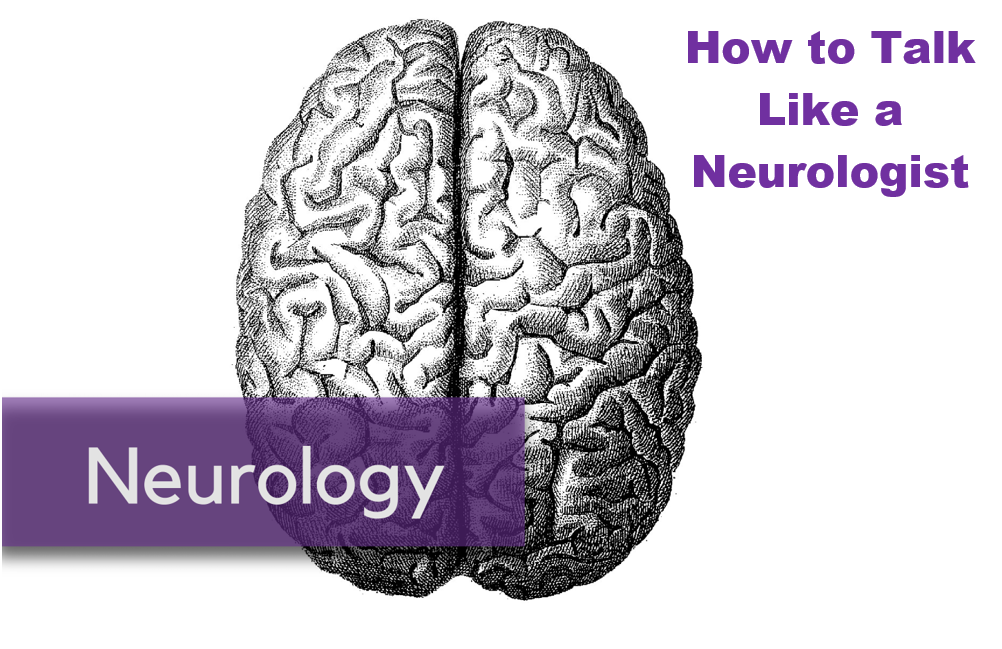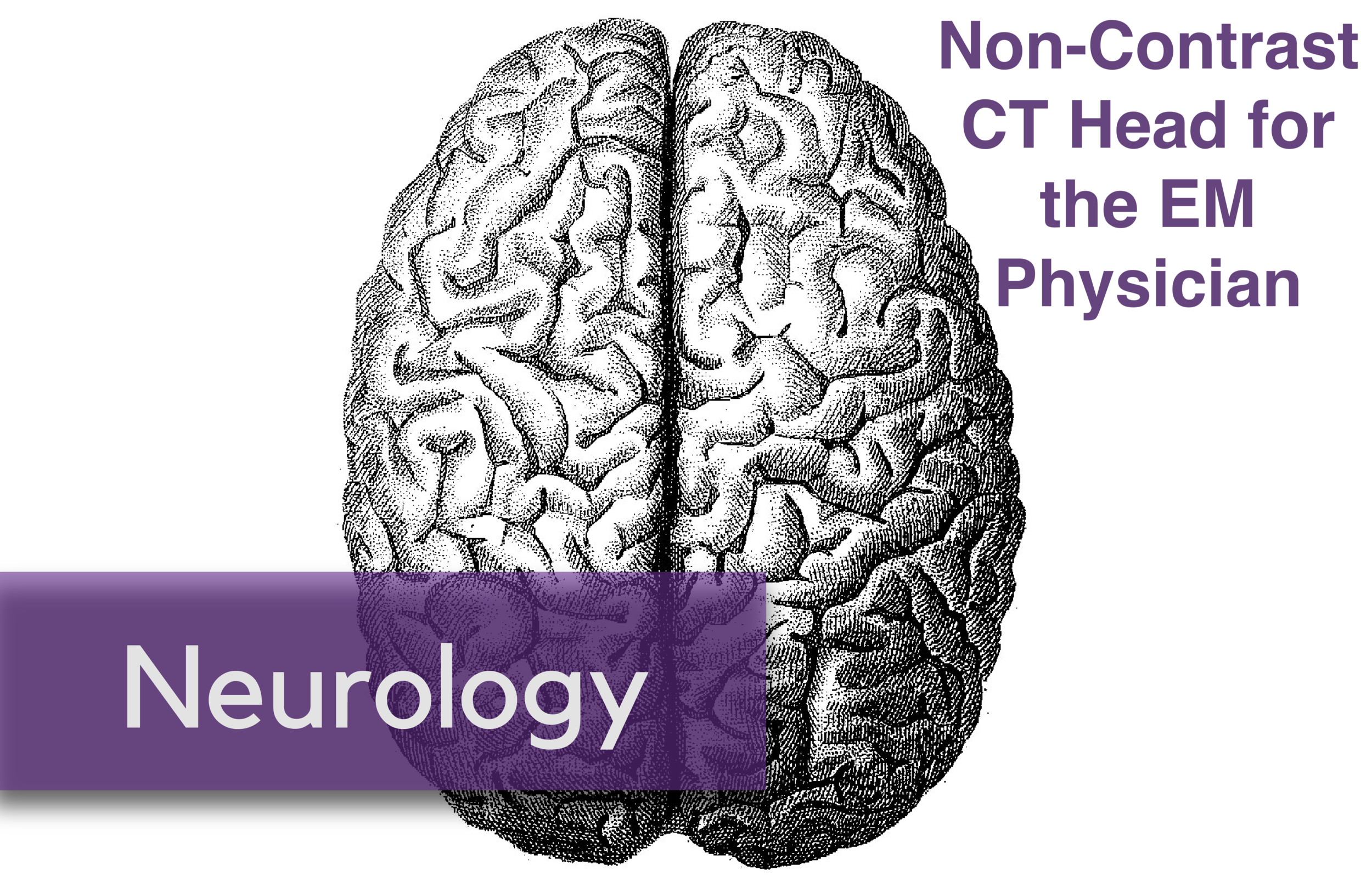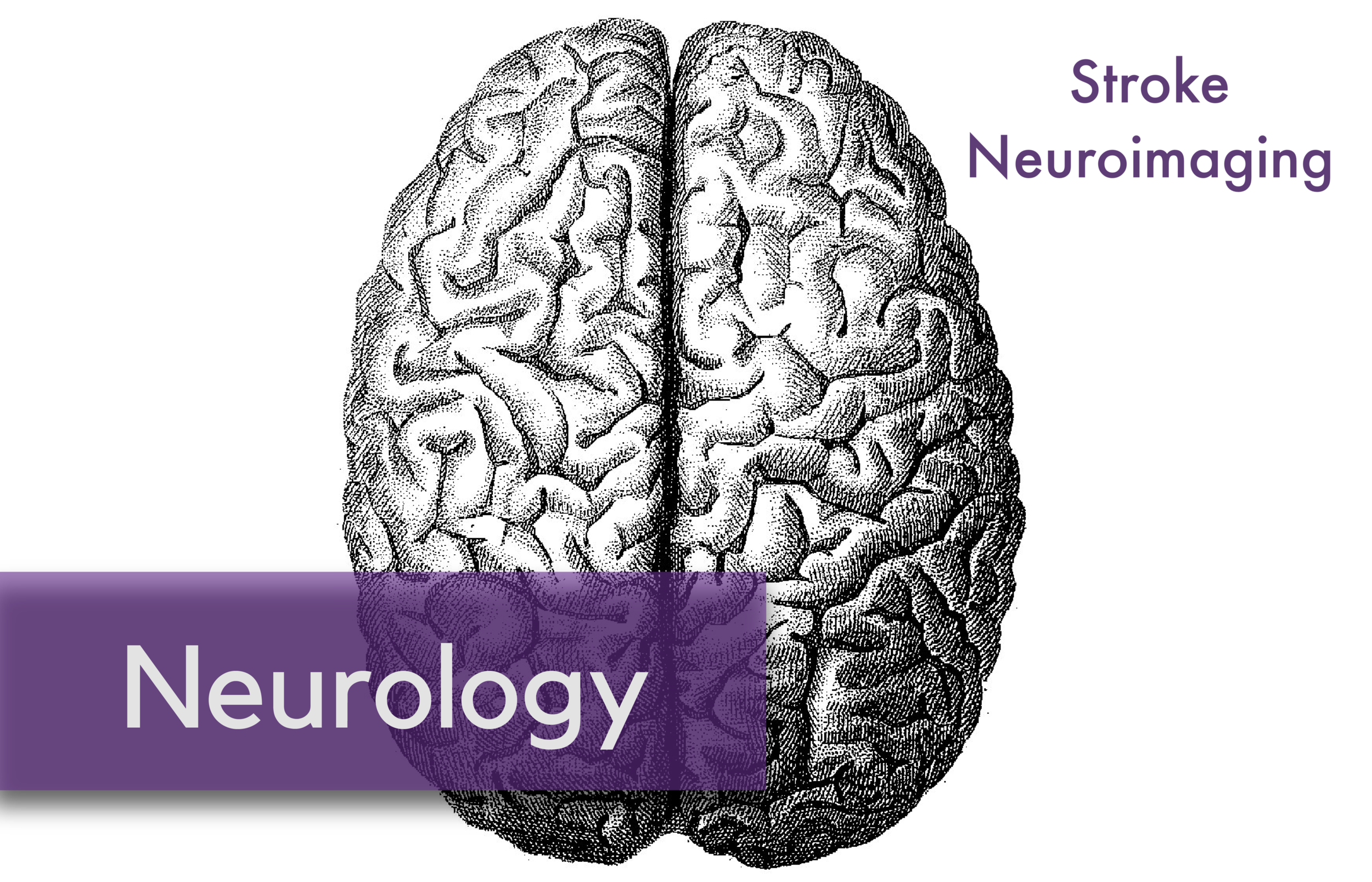Author: Simiao Li, MD (EM Resident Physician, PGY-3, NUEM) // Edited by: John Sarwark, MD // Expert Commentary: Emily Powell, MD
Citation: [Peer-Reviewed, Web Publication] Li S , Sarwark J (2016, October 25). Modern Headache Management: Best Practices Update [NUEM Blog. Expert Commentary By Powell E]. Retrieved from http://www.nuemblog.com/blog/headache-management
Introduction
Headache is one of the most common chief complaints for patients in the emergency department (ED), and metoclopramide plus diphenhydramine is a common choice for emergency physicians. Even within the microcosm of my own ED, there is variability in dosing patterns between residents. Some choose to “start small” based on gestalt with 10 mg of metoclopramide in an effort to decrease the risk of side effects. Others live by the philosophy to “hit ‘em hard” and choose to start with 20 mg of metoclopramide. As we turn to these medications so often for treatment of headache, I thought I'd delve into the literature on which we base our practice.
What is the best dose of metoclopramide?
In a dose-finding trial by Freidman et al in 2011 [1], 356 patients with headache were randomized to one of three double-blind arms of metoclopramide dosing: 10, 20, and 40 mg along with diphenhydramine. At one hour post-medication, pain relief was comparable between the three arms (improvement of 4.7, 4.9, and 5.3 points on the 10 point pain scale). The percentage of patients who were pain-free at 48 hours were 16, 20, and 21% respectively (although the width of the 95% CI made these differences negligible). Drowsiness (17%) and akathisia (9.3%) were evenly distributed across all three arms.
Take away: 10, 20, and 40 mg of metoclopramide with diphenhydramine improve headaches to a similar degree, although adverse effects are also comparable. There is no "best dose".
Does diphenhydramine prevent akathisia when co-administered with metoclopramide?
In short, no. In the first of two randomized double-blind trials, Friedman et al [2] found no significant difference between metoclopramide alone and metoclopramide plus diphenhydramine (in 10mg as an infusion over 15 min in 50cc of saline), and only a slight difference in rate of akathisia with or without diphenhydramine at the 20 mg dose. In 2012, Erdur et al [3] compared midazolam vs diphenhydramine vs placebo and found that while there was no difference between diphenhydramine and placebo in reducing akathisia, the benzodiazepine was indeed effective (but increased sedation, not surprisingly). The most recent randomized double-blind trial of metoclopramide versus metoclopramide plus diphenhydramine [4] also finds no significant difference in sustained relief at 48 hours or in reduction of pain by pain scale. Authors also focused on whether patients would want the same medication next time, and found no difference between the two groups.
What about magnesium?
In a study from 2015 by Shahrami et al [5], 70 patients were randomized to magnesium sulfate (1gm over 15 min) vs dexamethasone/metoclopramide (8mg/10mg over 15 min) and assessed at 20 min, 1 hour, and 2 hours. Pain assessment for the magnesium group were 5.2, 2.3, and 1.3 at the above intervals whereas pain for the dexamethasone/metoclopramide group had pain scores of 7.4, 6.0, and 2.5. Magnesium appears to improve headache better than dexamethasone/metoclopramide - perhaps I will reach for this first the next time a headache patient rolls in.
And what about the role of ketorolac?
In a randomized double-blind study from 2013 [6] for treatment of non-migraine, non-cluster, recurrent headaches, 120 patients were randomized to ketorolac (30mg IV) vs metoclopramide/diphenhydramine (20/25mg). metoclopramide was superior to ketorolac for the primary endpoint (pain improvement 5 points compared to 3 points for ketorolac) as well as all secondary endpoints ("need for rescue medication in the ED", headache freedom in the ED and at 24 hours, and patient desire to receive the same medication again). Additionally, since ketorolac is not ideal for patients in whom subarachnoid hemorrhage is a concern, this medication may be best as a second or third line drug, appropriate as an adjunct but perhaps not the best choice for initial therapy.
Take-away points:
- It doesn't matter what dose of metoclopramide you use
- Magnesium sulfate may be better than metoclopramide for initial therapy
- Ketorolac is not the best choice first agent compared to metoclopramide and may be less efficacious
Expert Commentary
Thank you so much for this nice review on migraine headache management strategies in the ED. I can’t remember a shift that has gone by where I haven’t treated a patient with a chief compliant of “migraine headache”. With these common chief complaints, we often fall into the habit of treating based on “how I have always done it” or “how I was taught years ago.” But as we see in this review, it is important to take a step back, return to the literature, and take a critical look at why we do what we do.
A few other points to add in treating patients with migraine headache with anti-emetics:
- It is not clearly just metoclopramide that can be used to treat acute migraine headache- this is just what we have on formulary at our hospital and has been more widely published in the literature. Other anti-emetics, including prochlorperazine, have also been studied and found to be effective. Check with your hospital and use what your hospital has on formulary.
- Oral preparations of these anti-emetics have not been shown to be as effective. For our ED-based care, these anti-emetics should be delivered as IV or IM.
- Many of these drugs (prochlorperazine and diphenhydramine) may prolong your patient’s QT interval. If you are giving them in high doses, check an EKG and make sure you are not putting your patient as risk for torsades de pointes. Metoclopramide does not carry the association with QT prolongation and mono-therapy (without the diphenhydramine) is the safer choice in these patients.
Other medication considerations:
- While dexamethasone has not been shown to provide immediate relief for the acute migraine headache, it has been shown to reduce headache recurrence. The last thing you want is to provide your patient with acute relief, discharge them, only to have him or her turn around and come right back in- dexamethasone (10 or 20 mg IV or IM) could help to prevent this recurrence.
- Opioids such as dilaudid should not be a go-to medication for acute headache management. They have been associated with recurrence/rebound and other secondary headache syndromes such as medication overuse headache.
- NSAIDS, such as ketorolac, are a far better adjunct than opioids and once you have determined that there is no concern for intracranial hemorrhage or other contra-indication, they are quite effective.
This review has changed my practice: for my next patient with migraine headache, I am going to reach for the lower dose of metoclopramide first. I might leave out the diphenhydramine and treat any resultant akathisias with midazolam. I am also going to add magnesium to my bag of tricks for acute relief, but will still give dexamethasone to prevent recurrence.
Emilie S. Powell, MD, MS, MBA
Assistant Professor; Department of Emergency Medicine
Northwestern University, Feinberg School of Medicine
Other Posts You May Enjoy
References
- Friedman BW, Mulvey L, Esses D, Solorzano C, Patermoster J, Lipton RB, Gallagher EJ. Metoclopramide for acute migraine: a dose-finding randomized clinical trial. Ann Emerg Med 2011 May;57(5):475-82.
- Friedman BW et al. A randomized trial of diphenhydramine as prophylaxis against metoclopramide-induced akathisia in nauseated emergency department patients. Ann Emerg Med. 2009 Mar;53(3):379-85.
- Erdur et al. A trial of midazolam vs diphenhydramine in prophylaxis of metoclopramide-induced akathisia. Am J Emerg Med. 2012 Jan;30(1):84-91.
- Friedman BW, Cabral L, Adewunmi V, Solorzano C, Esses D, Bijur PE, Gallagher EJ. Diphenhydramine as Adjuvant Therapy for Acute Migraine: An Emergency Department-Based Randomized Clinical Trial. Ann Emerg Med. 2016 Jan;67(1):32-39.
- Shahrami A, Assarzadegan F, Hatamabadi HR, Asgarzadeh M, Sarehbandi B, Asgarzadeh S. Comparison of therapeutic effects of magnesium sulfate vs. dexamethasone/metoclopramide an alleviating acute migraine headache. J Emerg Med 2015 Jan;48(1)69-76.
- Friedman BW, Adewunmi V, Campbell C, Solorzano C, Esses D, Bijur PE, Gallagher EJ. A randomized trial of intravenous ketorolac versus intravenous metoclopramide plus diphenhydramine for tension-type and all nonmigraine, noncluster recurrent headaches. Ann Emerg Med 2013 Oct;62(4):311-318.













